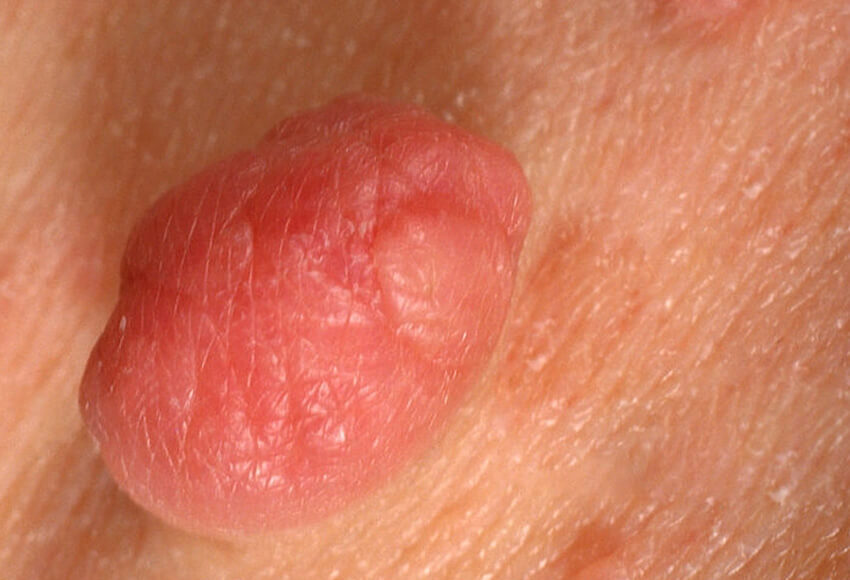Neurofibromas are benign or non cancerous tumors formed on nerve cell tissue
What is neurofibroma?
Neurofibromas are benign or non cancerous tumors formed on nerve cell tissue. They are also called as neurofibromatosis. Basically neurofibromatosis is genetic disorders of nervous system. Mainly growth and development of nerve cell tissue is affected by this disorder. Tumors generally grow in many numbers and varying size over the span of several years.
What Causes neurofibroma?
Neurofibroma is often passed on by family members through our genes. But certain newly diagnosed patients with no family history of disorder, which can arise through spontaneous mutation changes in the genes. Here, once the change has taken place, mutant gene can be transferred to future generations
What are the types of neurofibroma?
There are 3 types of neurofibroma (on the basis of their location)
- Cutaneous neurofibromas: Cutaneous neurofibromas are also called as dermal neurofibromas. They grow from small nerve sheath in the skin or just under the skin. They appear as small bump. They may cause significant cosmetic problem for the patients.
- Spinal neurofibromas: Spinal neurofibromas are larger tumors that grow from nerve along the spinal column. In many cases people with neurofibroma experience no medical complaints resulting from the growth.
- Plexiform neurofibromas: Plexiform neurofibromas are extensive form of neurofibromas that grow from the nerve anywhere in the body. They may appear as larger tumors around the eye socket, face, arm, leg, back, chest or abdomen. Rarely, a plexiform neurofibroma may turn into a cancer, which is called as a malignant peripheral nerve sheath tumor.
What are the symptoms of neurofibromas?
- Following symptoms may appear in the patients of neurofibroma
- Several brownish spots (café au lait ) over multiple areas
- Tiny growths in the iris (colored area) of the eye; these are called Lisch nodules and usually do not affect eyesight
- Multiple freckles in the armpit or groin area
- Bone deformities like twisted spine (scoliosis) or bowed legs
- Tumors along the optic nerve
- Pain from affected nerve
Management of neurofibromas:
There is no specific treatment for neurofibroma in allied science. Generally neurofibromas cannot be cured completely. With the help of homeopathic treatment, the growth of the tumors in size and their number remains in control excellently.

